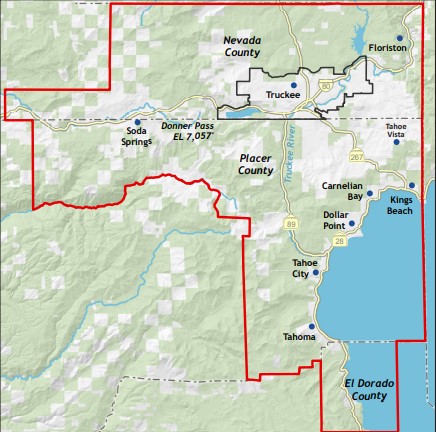
Community Organizations Active in Disaster
We are taking a “whole community” approach to disaster preparedness, in which state agencies, local governments, the private sector, and other stakeholders are actively integrated to meet the needs of residents and visitors during an emergency or disaster.”
Alison Schwedner, director of CCTT
What Is a COAD?
COADs focus on preparedness and are ready to respond with resources, volunteers, and coordination of services to those who need assistance during and immediately after a disaster. They also hold the capacity to activate a long-term recovery.
It is a national model that brings together community organizations under four principles:
Communication
The COAD promotes the sharing of information between member organizations and partners so everyone is pulling in the same direction.
Coordination
To reduce the duplication of effort that can arise in the tumult caused by an impending disaster, and in its wake, a COAD promotes a coordinated campaign that has been well planned and can be efficiently executed.
Cooperation
Recognizing that no single expert or organization has the answers for every challenge that arises during a disaster, a COAD promotes working together to overcome challenges.
Collaboration
COADs identify common goals and create effective solutions by encouraging the sharing of resources and collaboration across organizations.

TTCF serves community members within TTUSD boundaries in Placer, Nevada and El Dorado counties.
Why a Tahoe Truckee COAD?
Because our region crosses multiple jurisdictional boundaries, preparing for and activating during a disaster is much more complicated. If you live on one side of the Sierra Meadows neighborhood, you get an evacuation alert from Placer County, and if you live on the other side, you get it from Nevada County. Neither of these counties use the same service to deliver their alerts. And similar situations are played out throughout the Tahoe Truckee region.
Our region includes various agencies, service organizations, nonprofits and individual volunteers who play critical roles during a disaster. If they are not prepared to follow the same protocols, we can end up with a lot of people who are doing their best to help, but are actually making it more difficult for the professionals. That’s the real-world problem that the COAD model is designed to solve.
Why a TTCF-Sponsored COAD?
We understand that as the threat of catastrophic wildfire, extended power outages and other disruptive events have become so frequent, there is a justifiable fear in the community.
Alison Schwedner, director of TTCF’s Community Collaborative of Tahoe Truckee, points out that one of the roles of a community foundation is to convene community members around pressing issues such as disaster and emergency planning.
“We are uniquely positioned to bring folks together from different sectors,” Schwedner says. “We are able to include diverse perspectives and voices in developing solutions to address those challenges.
“We recognized as a foundation that we had a unique role to play in pulling folks together to ensure that as a community we are prepared and resilient if there were to be a disaster.”
How Can a COAD Help in the Aftermath of a Disaster?
Our COAD model provides continuing support for individuals who have experienced a disaster, whether it’s an evacuation, power loss or other stress-inducing situations. Our community has a number of supports in place, such as Sierra Community House’s 24-hour Helpline, Dial 211 resource and referral line, and individual mental health services. A COAD can ensure that support services are all aligned and working well together so that people are served as effectively as possible.






